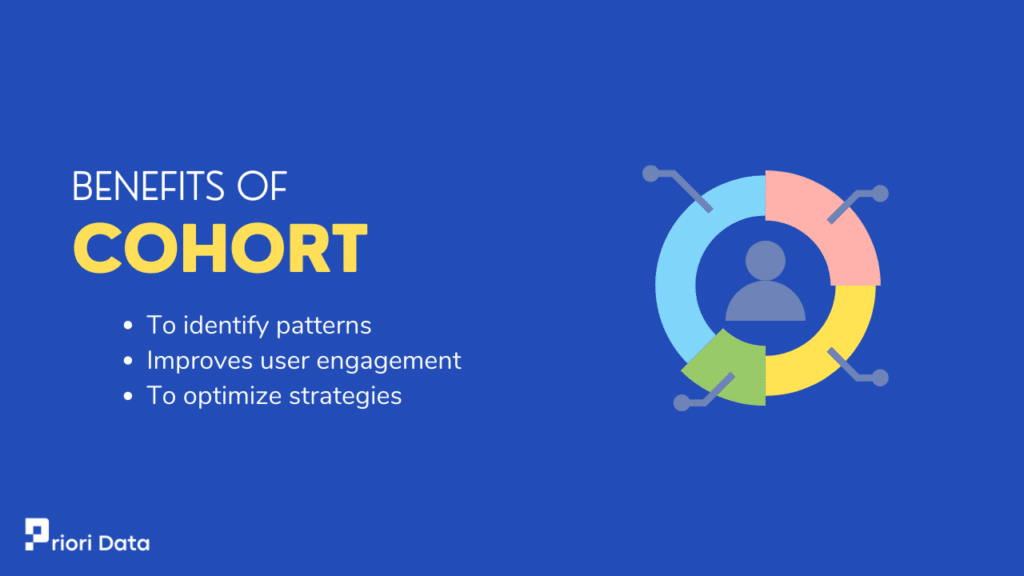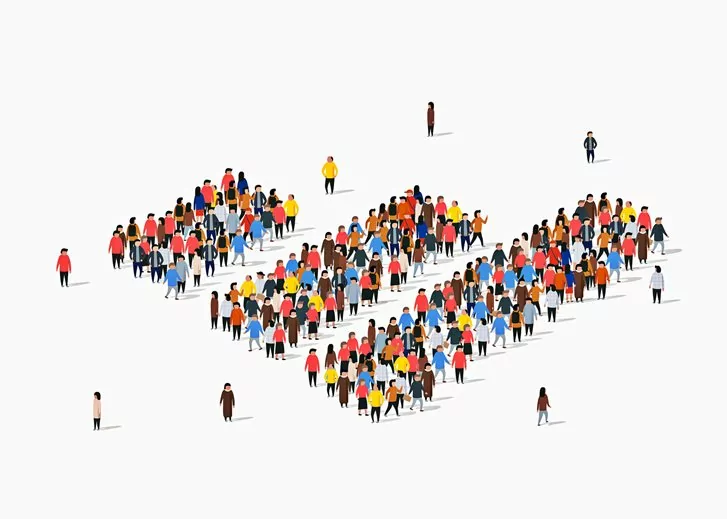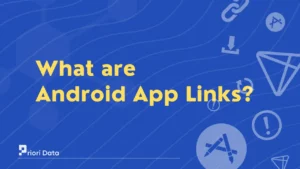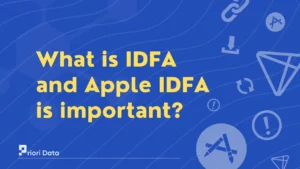In the world of mobile apps, a cohort is a group of users who share a common characteristic or behavior. This characteristic could be anything from age, location, or downloaded period of the app.
For example: You can create a cohort of users who downloaded your app in a particular month or year. This will show the group of users who completed a specific action within your app at a particular time.
Cohorts can help you understand how users behave over time by engaging with your app. Identifying particular trends and patterns of users can help to make optimal decisions. This can improve your app’s performance,user satisfaction and ultimately Life time vale.

Why are cohorts important?
Cohorts are important in mobile apps as they group users through specific identifiers. It gives an idea about user interaction with the app, such as giving insights into what works and what does not. By cohort analysis, you can also identify the things which are causing churn rates.
Cohort analysis identifies your app’s most valuable users that focus on marketing efforts. So, you need to plan for retaining existing users and for acquiring new users to the app. You can create targeted marketing campaigns that attract other users to your app.
For example, a cohort of users who signed up for a free trial of a premium feature. They can be compared with a cohort of users who didn’t. By analyzing the data from these two cohorts, developers can identify the difference. If the premium feature is driving user engagement and if it’s worth the investment.
Targeting users with personalized promotions to encourage them to continue using their app. This enables you to measure the impact of your marketing campaigns on user behavior. By cohort analysis, you can make data-driven decisions for improving app performance.
What are the benefits of the cohort?
A cohort is an essential tool for mobile app developers and marketers. Here are some benefits of using cohorts in mobile apps:

1. To identify patterns
Cohort analysis can help app developers to identify patterns in user behavior.
This includes how often users open the app, the time spent, and the features they engage in the most. By understanding these patterns, app developers can come up with a solution.
2. Improves user engagement
It can determine which content is most popular with specific user groups. By tracking, they can identify the number of users who have stopped using the app.
They can also target users with personalized offers to gain attention. By providing more of what users like, they can improve user engagement.
3. To optimize strategies
Cohort analysis can identify the users who are likely to make in-app purchases or engage with ads.
App developers can track user behavior and performance over time. By comparing different cohorts, developers can identify which changes are driving improvements.
They can also identify the ones causing negative impacts so they need to optimize them. By targeting users, they can optimize their monetization strategies and increase revenue.
What is the difference between Cohorts and Segmentation?
Cohorts and segmentation are two different ways to group users through specific criteria.
Cohorts and segmentation are both methods used in marketing campaigns. Yet, they differ in their approach and purpose.
1. Cohorts
Cohorts are groups of users who share a common characteristic over a period of time. They are usually defined by the time of acquisition, such as the users who installed the app in a specific month.
It can also be a particular action, such as the users who completed a specific in-app event. They can track the performance and behavior of particular groups of users over time.
This provides valuable insights for identifying trends and making data-driven decisions. The goal of creating a cohort is to track the behavior or outcomes of this group over time.
2. Segmentation
Dividing a larger group of users into smaller sub-groups based on specific characteristics.
Marketers can tailor their promotions to each segment based on their unique preferences.

Mobile app marketers may segment users by demographics (location), and behavior (app usage).
The goal of segmentation is to create a strategy that resonates with a specific group of users.
To illustrate the difference between cohorts and segmentation, let’s consider an example. Imagine a vendor who wants to understand the behavior of its customers over time.
The vendor could create a cohort of users who made their first sale in a specific month. They can track the purchasing habits of the cohort of users over the next year.
Meanwhile, the vendor could segment its user base by age, and shopping habits to target users. They can create more targeted marketing campaigns to gain the attention of users.
In summary, segmentation creates personalized experiences for users based on their individual needs.
While cohort analysis can provide insights into how users are engaging with the app. Cohort focuses on improving user retention and engagement.
FAQs
Ques 1: What is the difference between cohort and group?
Ans. A cohort refers to a group of users who share a common characteristic or behavior. While a group generally refers to a collection of users that are connected or organized in some way.
Ques 2: Is age a cohort?
Ans. Yes, age can consider as a cohort in the context of mobile apps. We can consider to group users based on their age range for marketing purposes.
Ques 3: What is an example of cohort analysis?
Ans. For example, a cohort could be a group of students who started their first year of college in the same year. The goal of creating a cohort is to track the behavior or outcomes of this group over time. Cohorts are often used in studies to track the career paths of a graduating class.
Ques 4: What is a major advantage of the cohort?
Ans. Cohort analysis helps identify the most valuable customer segments and track their behavior. This helps in allowing for more targeted and effective marketing strategies.
Ques 5: What is cohort structure?
Ans. Cohort structure refers to the users who started using a mobile app over a period of time. This can analyze user behavior and engagement patterns over time.






